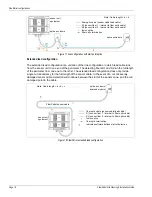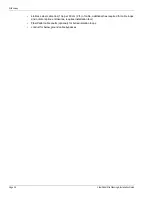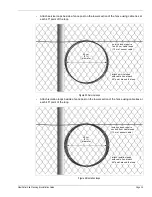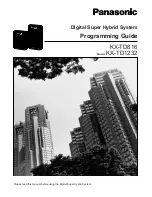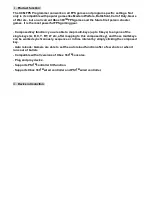
Site survey
FiberPatrol Site Planning & Installation Guide
Page 27
Solid wall conduit
•
Both ends of the conduit must be sealed to prevent water from entering the conduit and
freezing.
•
Flexible conduit can be bent and formed into the required shape for a cable bypass.
•
The minimum bend radius for flexible solid wall conduit is 46 cm (18 in.). (If the conduit is
kinked during bending it must be replaced.)
•
If conduit sections are used, the sections must be glued together (water tight).
•
Use conduit sweeps. Do not use 90º elbows. (Cable bend radius rules must be followed.)
•
Bury the conduit at least 30 cm (1 ft.) below ground.
Split wall conduit
•
Use conduit sweeps. Do not use 90º elbows.
•
Bury the conduit at least 30 cm (1 ft.) below ground.
Sensitivity loops for heavy gauge posts and corner posts
Corner posts, terminal posts and tension posts are usually made of heavier gauge steel and can
have a dampening effect on nearby fence vibrations. To compensate for this, FiberPatrol
recommends using sensitivity loops at all corner posts, terminal posts and tension posts on the
fence. The sensitivity loops provide additional sensor cable for areas that typically produce lower
levels of fence noise. The length of cable required for a sensitivity loop can be calculated using this
formula:
3 X (fence height - 60 cm) + 90 cm = sensitivity loop cable length requirement.
For example, on a 2.4 m (8 ft.) fence, the service loop would go down 90 cm, then up 1.8 m, then
down 1.8 m, and up down 90 cm over a horizontal length of 90 cm.
Figure 31 Solid wall conduit
flexible solid wall conduit is required for areas with freezing temperatures






